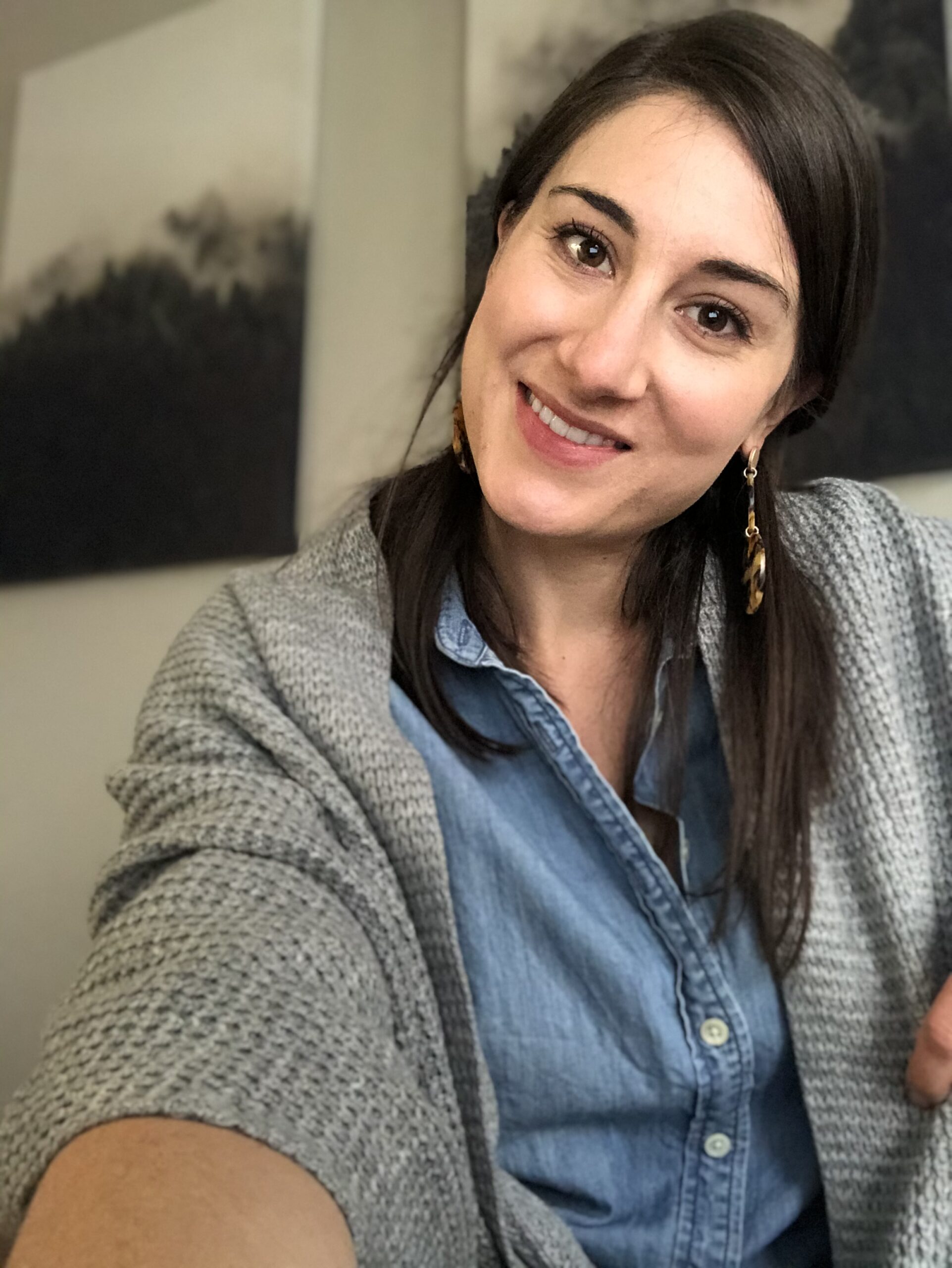In our modern world, exposure to potentially harmful chemicals and other toxins is unavoidable. However, we don’t need to live in complete fear if we bring awareness to WHAT we are exposing ourselves to and reduce toxic burden with healthier choices. Toxic exposures can be manageable with awareness and minor changes.
Toxic chemicals exist in our food system, our personal care products, our workplaces, and our environments. The U.S. Toxic Substances Control Act (TSCA) lists 85,000 chemicals registered for production in the United States. This is a concern because there are a number of medical conditions linked to toxic chemicals including obesity, metabolic syndrome, diabetes, cardiovascular disease, Alzheimer’s and Parkinson’s, cancers, and fibromyalgia.
There are ten categories of prevalent, persistent, and detrimental toxic chemicals to human and environmental health:
- Heavy Metals: lead, mercury, arsenic, cadmium, aluminum
- polycyclic aromatic hydrocarbons (PAHs)
- plastics (phthalates)
- phenols, such as bisphenol A (BPA)
- organochloride pesticides (OCs)
- organophosphate pesticides (OPs)
- polychlorinated dibenzo-dioxin & furan (dioxins)
- polychlorinated biphenyls (PCBs)
- polybrominated biphenyl ethers (PBDEs)
- polyflourinated compounds (PFCs)

How to limit/reduce exposure to toxins
The three main categories within our control are dietary exposures, home & office exposures, and personal care exposures. Below are a few tips in each category to take control of your own health and reduce toxic burden.
Reducing Dietary Toxic Exposures
- Choose organic animal products such as dairy, eggs, and meats (PAHs, OCs, OPs, dioxins, PCBs, PBDEs)
- Cook low-and-slow cooking methods, avoid charring (PAHs)
- Choose wild-caught fish and seafood (PCBs, dioxins, PBDEs)
- Avoid large, predatory fish such as shark, swordfish, and tuna (Hg, PBDEs, PCBs)
- Use only glass, ceramic, or stainless steel containers for heating and storing food (phthalates)
- Avoid plastic water bottles, travel mugs, and hydration reservoirs (phthalates)
- Use beeswax or silicone wraps instead of vinyl cling wrap (BPA)
- Avoid high-fructose corn syrup (As) and processed foods containing BHT, BHA, benzoate, sulfites, and artificial colorings and sweeteners.
- Choose local, seasonal, organic produce whenever possible. Wash all fruits and vegetables.
- Only consume organic versions of the EWG’s “Dirty Dozen” list of high-pesticide produce (OCs, OPs)
Reducing Home and Office Exposures
- Consult the EWG Drinking Water Database and consider testing your water supply. Use a high-quality purification system, such as Berkey. (Pbs, As, Cd, trihalomethane, atrazine, benzene, etc)
- Let the tap run for several minutes before using for consumption
- Filter shower water (chlorine, OCs) and avoid vinyl shower curtains (phthalates)
- Filter air in your bedroom and office using a true HEPA filter, ionizer, or plants
- Replace older furniture, carpets, and padding (PBDEs)
- Take your outdoor shoes off when entering your home
- Choose fragrance-free detergents and cleaning agents (phthalates)
- Avoid non-stick treated pots and pans. Consider a safer alternative, like the Always Pan
- Use low or no-VOC paints, glues, sealants, etc. in new construction
Reducing Health Care and Personal Care Toxins
- Stay well hydrated (The solution to pollution is dilution)
- Stop smoking, avoid chronic medication use
- Use the EWG’s Skin Deep Resource for choosing personal care products
- Avoid fragrance, antiperspirants, and preservatives. Shop Clean Beauty
- Choose composite over metallic dental fillings

Slow changes = Improvement in Reducing Toxic Exposures
Looking at a list like this can feel overwhelming. Instead, focus on small changes, one at a time. Instead of a complete overhaul, replace personal care and cleaning items with better choices as you run out. Make a conscious effort to make one change per week, and slowly upgrade your lifestyle to a cleaner, less toxic environment.

The more you build awareness around toxic exposures, you can begin to make some practical changes. Replace products, choices, and environment with cleaner options and develop new habits.
A completely non-toxic environment is unrealistic. However, with practice, patience, and time you can lower your exposures significantly.

Want to work with a functional nutritionist to personalize your diet? Struggling with hormone imbalance, IBS, weight gain, mood changes? Let’s look at FOOD FIRST. Read more about Functional Nutrition at The Facility here.
CLICK HERE to schedule a FREE 15-Minute Nutrition Consult with Kate to determine your best course of action!






3 Responses